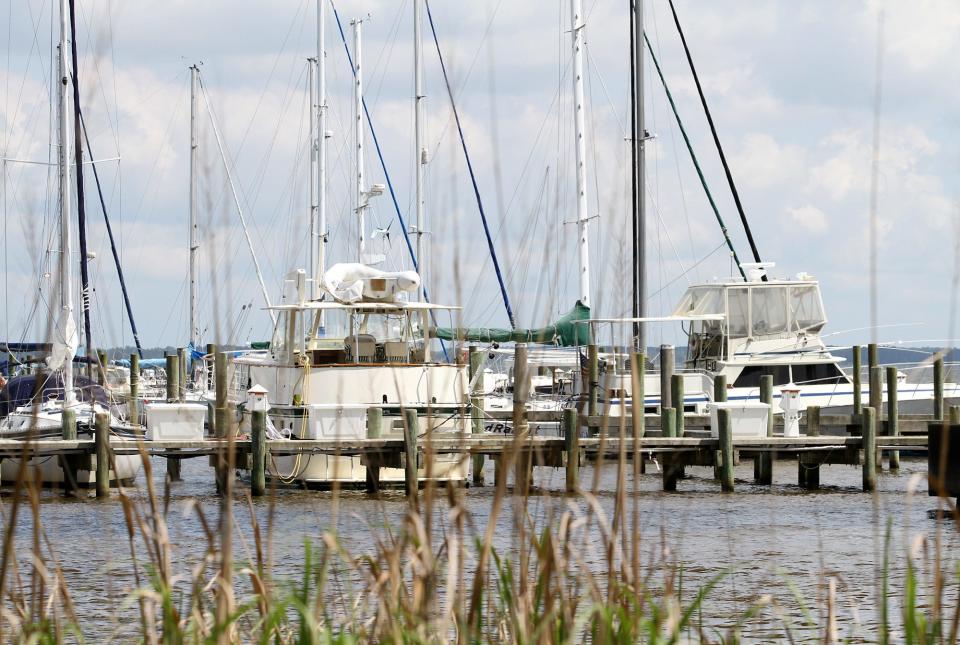Aging workforce, changing attitudes among challenges facing NC fishermen
The National Oceanic and Atmospheric Administration (NOAA) has decided to wade into the fishing industry's future by releasing a draft "National Seafood Strategy" document that aims to balance sustainability with growing the country's seafood economy.
"The strategy also responds to the unprecedented challenges facing the U.S. seafood industry, including climate change, the coronavirus pandemic, new technologies and other ocean uses, and significant labor shortages and aging infrastructure," states a NOAA release.
"North Carolina's fishing industry shares many of these challenges," said Scott Baker Jr., a fisheries specialist with N.C. Sea Grant.
MORE Oyster farming: Why the pearl in NC's agriculture industry is running into choppy waters
What's looking good for N.C. fishermen
As Tar Heel State fishermen look ahead, one of the industry's bright spots has nothing to do with chasing fish with nets or hooks. Aquaculture is growing quickly in North Carolina as fishermen rush to fill the growing demand for oysters, clams and other shellfish.
Shellfish farming also helps the environment by improving water quality and creating habitats in areas where there often aren't any for juvenile fish and other marine critters to live and thrive.
Today, the state has roughly 220 shellfish growers with 448 leases on 1,828 acres of public waters, according to the N.C. Division of Marine Fisheries. The goal is to see the shellfish industry reach the $100 million market threshold by 2030, up from roughly $10 million today.
But the shellfish industry is running into its own headwinds with some of the coast's newer residents not liking the look and smell of the working water farms near their expensive coastal homes and enclaves.
"I used to think hurricanes were our biggest challenge," said Chris Matteo, president of the N.C. Shellfish Growers Association, last month. "Now I think it's the NIMBY (not-in-my-backyard) mindset."
What's looking bad
An aging workforce is among the biggest worries facing the industry. Baker said many fish houses also are struggling to attract workers for the often hard manual labor jobs − a situation exasperated by the pandemic and changing immigration policies.
That's prompted N.C. Sea Grant to launch several programs to promote the industry and attract new, younger people to the profession.

LOST DOCKSHousing squeezes out working waterfront
Along with a graying workforce, North Carolina's fishing industry is also running out of physical places along the coast to dock their vessels and process their catch. That aging infrastructure coupled with the sky-high prices for coastal land has led many fishermen to abandon their traditional waterfront locations and move inland to work.
"If people want to have domestically produced seafood, there’s going to have to be some kind of incentive, programs to introduce people to fishing or at least maintain what we have," Baker said. "That's traditionally been outside the scope of NOAA, so I think it's going to take different agencies at the federal and state levels to help get that done."
Reporter Gareth McGrath can be reached at GMcGrath@Gannett.com or @GarethMcGrathSN on Twitter. This story was produced with financial support from 1Earth Fund and the Prentice Foundation. The USA TODAY Network maintains full editorial control of the work.
This article originally appeared on Wilmington StarNews: Aging workforce, changing attitudes among challenges facing NC fishermen

